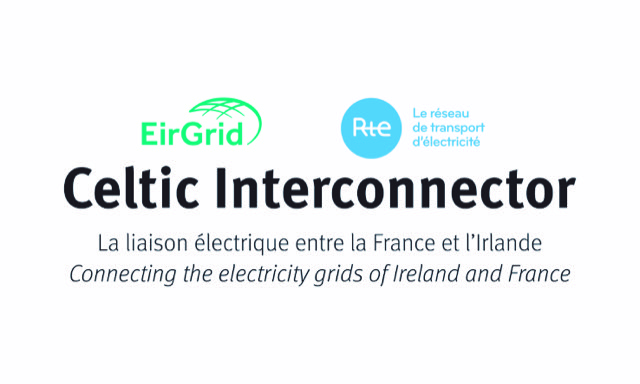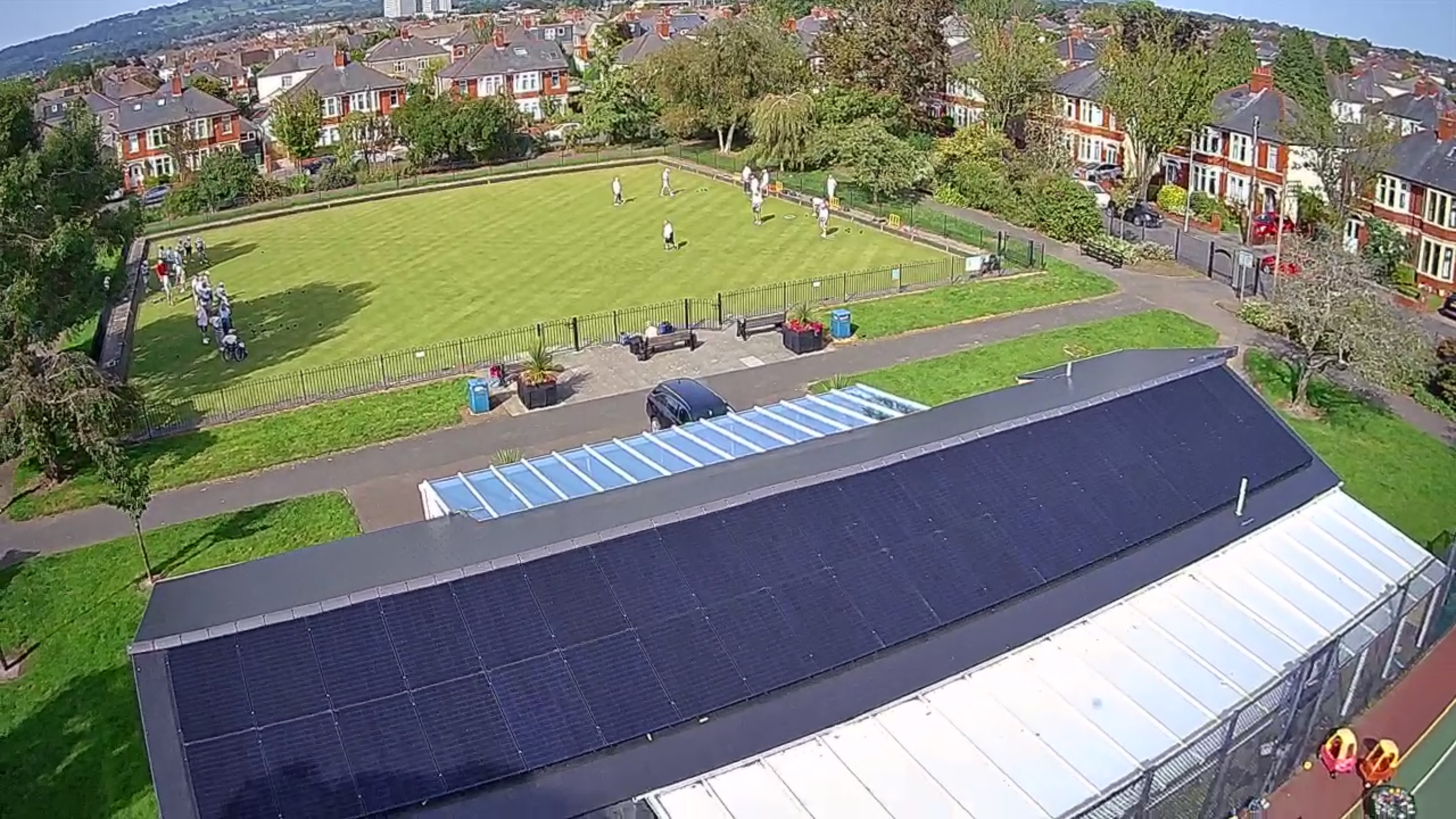Title Page
-
Customer Name:
-
Customer postcode:
-
Conducted on
-
Prepared by
-
Location
Pre-Installation photos
-
Photo of electrical area pre-install (this is where you intend to put the sub board and add any miscallenous items such as henley blocks etc)
-
Photo of main fuse pre-install
-
Photo of intended location of battery & inverter (See Job Pack as to where that is – and ensure customer is happy with this location)
-
30 second video of intended DC run with any concerns highlighted (felt maybe brittle etc)
-
30 second video of intended AC run with any concerns highlighted (have to use truncking etc)
-
Is the number of panels greater than 12?
-
If number of panels are greater than 12 please LIMIT the inverter to 3.68 upon commissioning
Post-installation pictures
DC Run
-
Photo of DC cable(s) entry into property – proving IP65 entry adequately waterproofed with silicon, CT1 or any other waterproof membrane
-
30 second video of DC run(s) completed (Showing cable clipped and inverter entry)
-
Photo(s) of sticker(s) indicating DC cables
Battery and Inverter
-
Photo of battery and inverter – (showing adequate clearances around them and isolators/generation meter)
-
Photo of inverter with lights showing its working
-
Photo of inverter SN:
-
Photo of Generation meter SN:
-
Photo of Battery(s) SN:
-
Photo of dongle/WIFI plate SN:
-
Photo(s) of DB breaker without cover on
-
Photo(s) of Inverter connections to battery WITHOUT cover on
-
Photo(s) of battery connections to Inverter WITHOUT cover on
-
Photo(s) of all Inverter connections with covers on
-
Photo(s) of hazard stickers on Inverter and battery
-
Photo(s) of DIP switches on battery
AC Run
-
Photo of AC cable entry into property – proving IP65 entry adequately waterproofed with silicon, CT1 or any other waterproof membrane
-
30 second video of AC run (or 30 seconds of you explaining AC run)
Consumer unit & Mains electrical
-
Photo of handover documents (inc SLD and shutdown procedure) placed near the inverter
-
Photo(s) of consumer unit with cover OFF (showing connections of the PV breaker, RCD, SPD and grid meter)
-
Picture of grid meter inside consumer unit with cover OFF (Picture needs to show data connections from the inverter and data connections from the CT clamp)
-
GivEnergy grid meter connections
Inverter: positive (red)- 10
Inverter: negative (black) - 9
CT: positive (white) - 1
CT: negative (black) - 2 -
Photo(s) of consumer unit with cover ON (showing the PV breaker, RCD, SPD and grid meter)
-
Photo of CT clamp around LIVE outgoing meter tail – with arrow pointing towards LOAD
-
CT clamp is ONLY 16mm ! - please ensure it goes around a 16mm tail
-
Picture of overall electrical install showing sub-board, CT clamp, Henley/Lucy blocks and main earthing terminal (COVERS ON)
-
Screenshot of system working
Test Results
-
Photo of total impedance for PV circuit – Zs (Ω)
-
Photo of external earth fault impedance - Ze (Ω)
-
Photo of prospective fault current – PFC (KA)
-
Photo of insulation resistance – (MΩ) - AC side
-
Photo for string 1 (V):
-
Photo for string 2 (V):
Declarations
-
I confirm the install has been installed within accordance of BS7671 regulations
-
I confirm the inverter and battery are installed in a convenient location (as determined by the Customer), should allow easy access for future operations and maintenance personnel, and have sufficient space for cooling as defined by the manufacturer specifications.
-
Have you ensured all electrical items are secured and not loose?
-
Have you checked the Garage Unit / Sub-board for IP4x rating if installed inside? (If installed outside must be IP6x rated)
-
Can you confirm that you have recorded the MCB and RCD ratings?.
-
The RCD bus-bar link to MCB is correct (original bus bar or 25mm link) torque connections (1.7Nm)?
-
Confirm Henley block connections and ensure double insulated tails are correctly installed with no inner sheath showing torque connections (2.5Nm)?
-
Inspect AC isolator for IP4x rating, torque connections (1.7Nm)?
-
Check Generation meter/modem, trunking, IP4X, Torque connections(1.7Nm) and general installation condition on fireproof backing?
-
Visually make sure all connections do not have any copper showing at the terminals?
-
Checked all labels and applied all stickers?
-
Have you confirmed the Generation meter and main fuse have been sealed
-
Have you stayed for 15 minutes for a high load (kettle) test post installation? (if applicable)
-
Has all relevant documentation been handed over to Sunsave / Customer and filed correctly
-
Has the Customer received training on their system and given a proper handover
-
Has the site been cleaned, and waste removed?
-
Have all members of mounting structure been earthed? (if applicable)
-
Have all cables been laid in adequate conduit/ copex? (if applicable )
-
Have all wall / roof penetrations been adequately sealed?
-
Have inverters / battery been installed on fire-proof surface?
-
Have all safety distances near inverter and battery been respected?
-
Is any gas / water piping / equipment in the vicinity of the equipment?
-
Has the system been configured and its functioning state been verified?
-
Has it been verified whether installation area may be subject to water ingress / flooding?
-
Have all pre-existing and later damages in the installation area been recorded?
-
Has all equipment been installed according to the installation manuals and guidelines?
Signatures
-
I confirm this installation has been installed within MCS guidelines and the customer is happy and content with installation (including battery/inverter location, cable runs and sub-board placement)
-
Customer signature - confirming their are happy with installation












